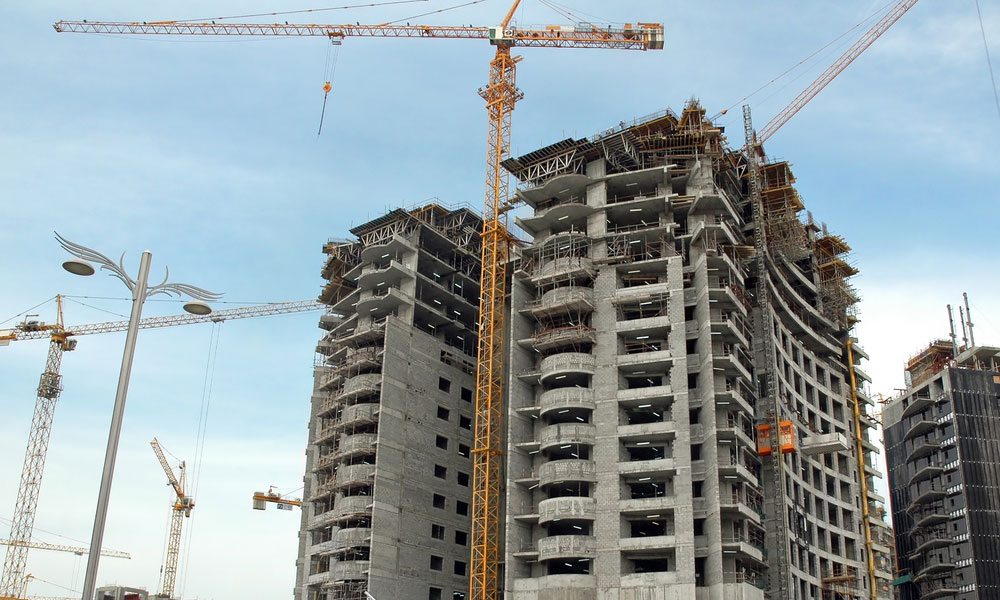Construction contracts focused on Design and Build will see an increase in 2019 as clients look to achieve a more efficient delivery model in tough market conditions, the heads of two leading Dubai-based contractors have told Big Project ME.
In emailed statements, both Bishoy Azmy, CEO of ASGC and Kez Taylor, CEO of ALEC, said that clients are increasingly asking to go down the Design and Build route, or to at least have the contractors be present in the planning at an early stage, so as to ensure value engineering of the projects.
“We are all looking for refined efficiency in the construction industry, and in all industries, as a matter of fact. This is the underlying objective behind all trends in the market,” said Azmy. “Our industry is rightly going through a needed correction, driven by the business challenge of ultimate outcome produced by construction companies. Efficiency across the industry’s vertical line is looked at differently recently – this has allowed new outlooks on collaboration, technology deployment and talent management.”
Kez Taylor said that there has been a noticeable trend towards Design and Build delivery projects, driven by a clear brief and achieving greater flexibility during the construction process.
“The brief is clear, and it will be a more efficient delivery model in the market. Design and Build projects provide flexibility through a variety of approaches, ranging from procurement to contracting, including best-value selection and progressive design-build.
“We’ve noticed various positive aspects that contribute to the success of a project by adopting this model – the reduction in design time, the simplification of construction drawings, the additional potential Value Engineering opportunities, and the ability for the contractor to innovate when it comes to constructability,” he asserted.
Furthermore, Taylor pointed out that by implementing Design and Build principles, it does impact the lifecycle of the project by considerably reducing the overall risk. This is because the contractor is a single point of contact and responsible for the design. In addition, it streamlines the construction phase and potentially reduces calendar time, he said.
Azmy added that while collaboration between key parties on a project is taking on a new shape, with the industry moving away from traditional procurement strategies to having early-stage contractor engagement, there is also a need to embrace innovation and technology as this will help improve efficiency onsite.
“Another important factor that drives efficiency is innovation and the deployment of technology – how can we do things better, faster and with a lower cost. The construction cost is the main part of clients’ price strategy, it impacts the entire cycle and we are very aware of that. We take this as a challenge to advance even more our operations and to cut inefficiencies across the supply chain. Tech and innovation are crucial tools to achieve this,” he concluded.

